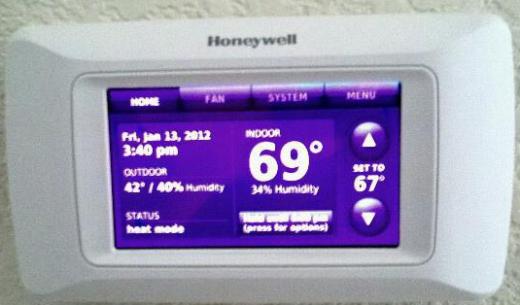A deadly enemy of most electronic equipment and personal productivity is heat. Air conditioning is the mechanical replacement of heat with cooled air. In years past, most large commercial buildings and manufacturing facilities are equipped with industrial air conditioning units in part to alleviate the problems associated with overheating of electronic equipment such as computers, electronic testing instruments, and precision electronic manufacturing equipment. Machinery used to produce critical equipment, usually including precise measurements and tolerances, requires constant cooling to function properly. In a commercial facility, personal comfort was often an adjunct to equipment maintenance; those who worked with or near equipment that needed to be kept cool were the incidental benefactors of industrial air conditioning.
Much is made today, however, of what is known as “sick building syndrome.” This term refers to office buildings, schools, manufacturing, production, and testing facilities where air quality is such that workers, students, customers, clients, and visitors to these facilities were becoming ill simply from remaining in such buildings for any length of time. These various illnesses were the result of breathing and absorbing unhealthful vapors and contaminants emitted by materials used in the construction of the building, as well as inadequate heating, ventilation or air conditioning (HVAC) equipment. Thus, industrial air conditioning is now critical to individual comfort and personal health, not to mention optimum productivity of workers as well as equipment.

Nearly all modern industrial air conditioning units are now either ductless or split air conditioning systems, or a combination of both. The cooling machinery, fans, compressors, condensers, cooling towers, air handling, condensate recovery and discharge components are located at a remote location outside the building or facilities, either on the roof or grounds of the facility. The actual discharge of cooled air is accomplished by small, compact units located in various rooms, offices and spaces throughout the interior of the building. Often these room units are separately controlled via individual thermostats. Such is the beauty of ductless air conditioning. Ducted equipment, on the other hand, usually involves an inefficient dampening of louvers to maintain individual room temperature.

The size and capacity of industrial air conditioning equipment is, obviously dependent on the size and design of the facility to be cooled. These air conditioning units commonly range from some two tons, or 24,000 British Thermal Units (BTU) to 150 tons to 150 tons (1,800,000 BTU). A BTU is the amount of heat necessary to raise the temperature of a pound of water one degree, Fahrenheit. The reverse is, of course, true for cooling capacities. The BTU is the most common method of measuring the capacity of HVAC equipment in the U.S.
